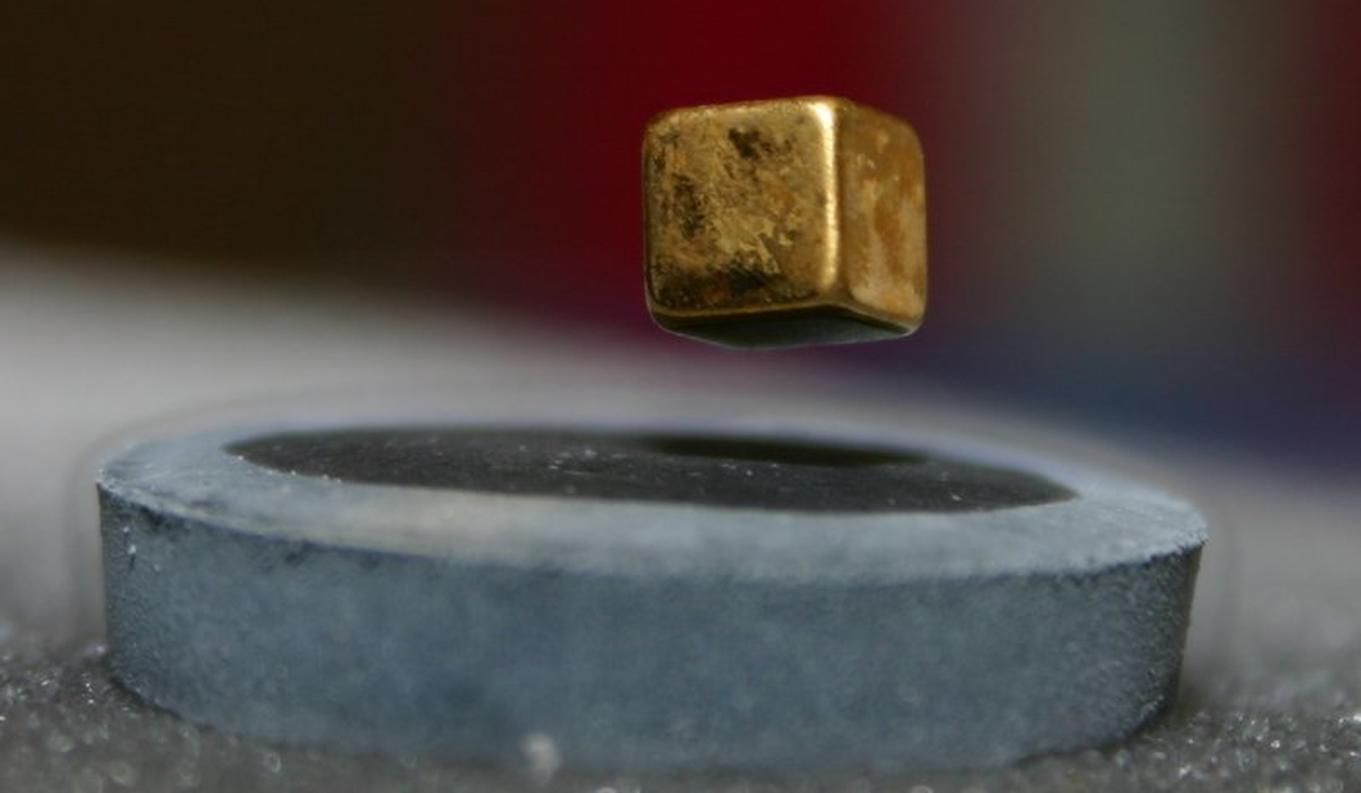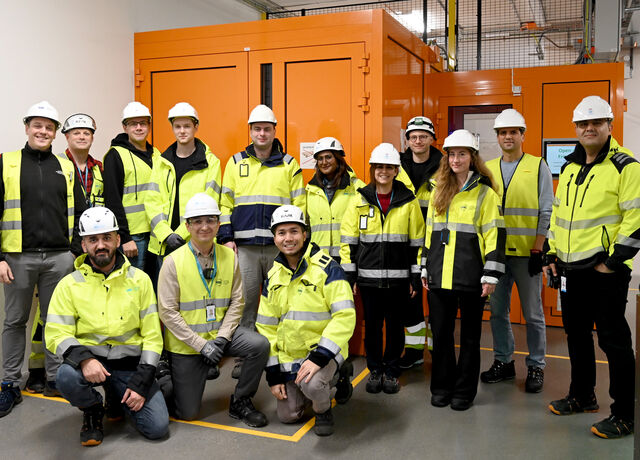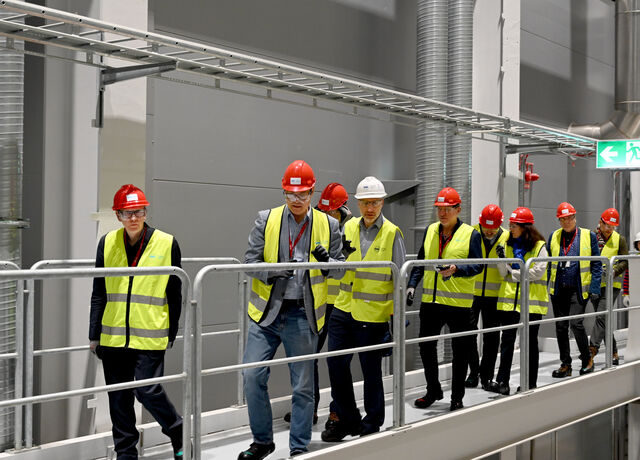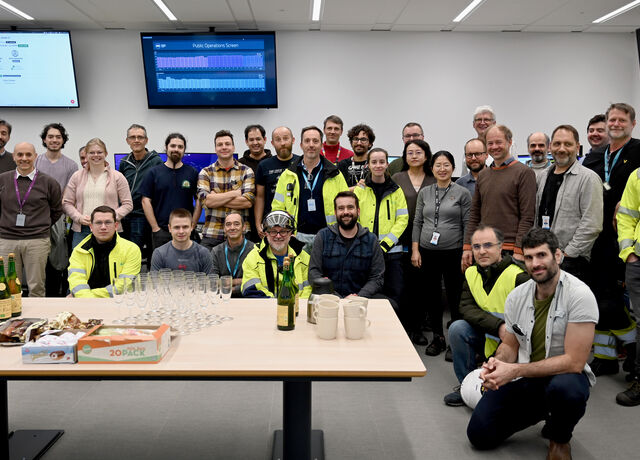Sample Environment Systems for Temperature and Fields (TEFI)

Neutrons are a unique tool for investigating the nature of materials, including the emergence of exotic phases of matter under extreme conditions of temperature and field. Temperatures close to absolute zero, or magnetic fields hundreds of thousands of times larger than the earth's field are often required.
ESS will provide sample environments capable of reaching the widest possible parameter space in order to carry out these investigations.
The temperature and field (TEFI) platform provides sample environment and scientific support for experiments using magnetic and electrical fields, cryogenics and furnaces.
We will support the instrument teams with equipment and expertise, in order to facilitate capable, reliable, fast turnaround experiments. Both wet and dry cryostat systems are envisaged; ESS will have an on-site helium liquefier enabling recovery and reliquefaction of helium gas.
Chemistry of Materials, Magnetic & Electronic Phenomena
Some of the most exciting discoveries in a generation are being made with neutron science.
Read MoreEngineering Materials, Geosciences, Archeology & Heritage Conservation
In situ, in operando and non-destructive probing with neutrons.
Read MoreWe have a temperature/magnetic fields/pressure workshop where equipment can be tested and integrated.
We are working to establish further infrastructure and support for cryogenics equipment, furnaces, and equipment for high magnetic and electric fields.
A number of front-edge technologies are readily available on the market, and we will make use of these. They include wet and dry cryogenics, vacuum furnaces, superconducting magnets, and electromagnets.
Development Activities
We are developing systems for fast temperature change, automation, and in situ physical property measurements, and enabling control of multiple parameters.
In-Kind Partners
Roskilde University have developed a Peltier-based sub-cryostat insert for fast and accurate temperature change.
Collaborations
The ESS Accelerator Division and MAX IV are involved with the helium recovery system.




























